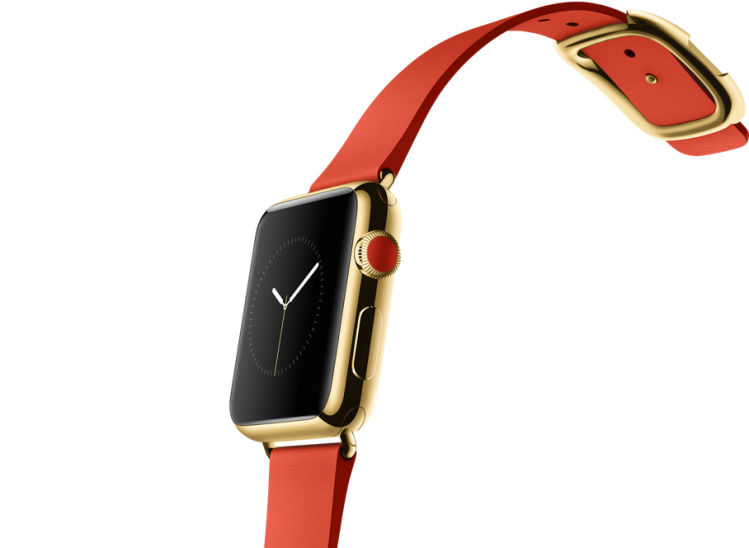Amidst great fanfare, Apple held its Apple Watch press event today, in which the company revealed all the details for its first wearable device.
No one denies that Apple Watches are coming to the workplace. Smartwatches create exciting opportunities for business, but they also bring about new security concerns.
Smartwatches have the potential to reinvent enterprise mobility, and businesses should prepare for how these changes will bring both new opportunities and new concerns.
A more collaborative workplace
Smartwatches offer traditional workplace enterprise mobility tools. Apple Watch, for instance, can make and accept voice calls. Thanks to Siri, employees can dictate and send SMS messages.
Apple Watch will also include the Mail app, which can be used to read messages, mark them as read or unread, flag them, and move them to the trash.
However, Apple Watch offers more than just another enterprise mobility tool; it offers organizations a chance to reinvent the way their employees work. In recent research, MIT behavioral analysts used Bluetooth-enabled wearable badges, which they call sociometric devices, to study workplace dynamics. Using these devices, the researchers gathered some interesting insights about worker productivity. For example:
- Allowing work friends to take breaks together improved group productivity, lowered stress, and reduced turnover by two-thirds
- Workers who interact with specific people have greater productivity. However, management doesn’t always recognize the people who serve as productivity catalysts
- Workers who eat lunch with a large group of coworkers are 36 percent more productive and 30 percent less stressed
Google is famous for its people-analytics studies, which track employee behavior to discover what makes Googlers more productive and fulfilled at work. “It’s the antithesis of the old factory model, where people were just cogs in a machine,” Ben Waber, Ph.D, founder of Sociometric Solutions, told the New York Times. With smartwatches and data-mining tools, smaller companies could gather the same types of insights from their own work environments. It is clear that companies would have to obtain employee permission to perform these studies, but if it makes the workplace better, employees probably won’t mind.
Security: a mixed bag
Enterprise mobility experts point out that connecting smartwatches to enterprise networks creates security risks. For example, an Apple Watch tethers to its owner’s iPhone. When businesses allow personal iPhones at work, Apple Watches become natural iPhone extensions. Company data shared on the iPhone could be accessed from the smartwatch, placing company data at risk if smartwatches are lost or stolen.
At the same time, Apple Watches could also boost workplace security. For example, Apple Watches could serve as convenient hubs for multi-factor authentication. Many companies already use ID badges equipped with RFID. Using NFC technology, a smartwatch could substitute as an employee ID badge. Additionally, when workers step away from a company laptop or mobile device, their Apple Watches could issue alerts when they stray too far. This simple feature could prevent data theft from lost and stolen devices.
Ask the right questions
Before the Apple Watch is released (on April 24), enterprise mobility teams should ask themselves these questions:
- Should the company allow employees to access enterprise data using a wearable?
- Is it acceptable for employees to photograph company assets using smartwatch cameras and store photos on their smartwatches?
- How should the company educate employees about smartwatch policies and security measures?
- What legal frameworks address employee use of smartwatches in the workplace, and how would the company have to modify current bring-your-own-device (BYOD) policies?
- Could the company gain access to employees’ private data through an Apple Watch connection? If so, what happens to that data, and what permissions must be obtained beforehand?
Creating sensible policies and training workers before the first Apple Watch arrives means reaping the benefits of smartwatches while minimizing security and privacy issues. Businesses can’t keep the Apple Watch out of the workplace. It’s coming, and it’s destined to shake up enterprise mobility for good.
Alastair Mitchell is cofounder and president of content collaboration software company Huddle.
VentureBeat's mission is to be a digital town square for technical decision-makers to gain knowledge about transformative enterprise technology and transact. Learn More

